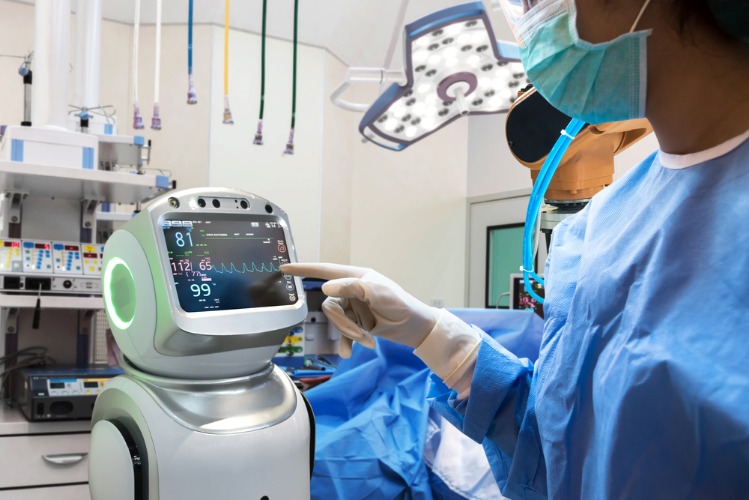
Robots are often used to perform tasks that are difficult for humans to perform or perform consistently. For example, robots are used in car production assembly lines or by NASA to move large objects in space. Researchers also use machine learning to build robots that can interact in social settings. You can check latency, bandwidth, and speed requirements to map out the whole solution with its cost. Whenever planning a time-critical system containing many devices, go with edge deployment. Opt for cloud computing in cases where low latency and high bandwidth are less important. AI algorithms in IoT devices have the potential to perpetuate biases present in the information they are trained on.
With on-device AI, you can save power on your smartphone as it does not require radio signals to send or receive any information. Meaning, you can quickly access any information without sending radio signals to the server or any third-party application. AI devices can even solve the network issues, as everything will be stories on the device rather than a remote cloud server.
Without high-definition maps containing geo-coded data and the deep learning that makes use of this information, fully autonomous driving will stagnate in Europe. Through this and other data protection actions, the European Union is putting its manufacturers and software designers at a significant disadvantage to the rest of the world.
Automation: Robots, Machine Learning, and AI
The Internet of Things (IoT) refers to the network of devices that are connected to the internet and can communicate with each other. While on-device AI can improve data privacy by processing data locally, there are still concerns about how user data is being collected, stored, and used.
AI Is Forever Changing How We Interact with Our Devices
UbiOps is secure, completely cloud agnostic and can run in the cloud as well as on-premise. Do you want to start scaling your medical ML solution, but you’re limited by your capacity or ability to manage all the IT hassle that comes along with that? Then UbiOps can help you out and make sure that you can focus on quick iteration and model development. They use big data and AI on UbiOps to efficiently determine whether a cancer patient may benefit from immunotherapy.
Generative AI techniques, which create various types of media from text prompts, are being applied extensively across businesses to create a seemingly limitless range of content types from photorealistic art to email responses and screenplays. Indeed, advances in AI techniques have not only helped fuel an explosion in efficiency, but opened the door to entirely new business opportunities for some larger enterprises. Read more about Rabbit r1 here. Prior to the current wave of AI, it would have been hard to imagine using computer software to connect riders to taxis, but Uber has become a Fortune 500 company by doing just that.
From getting directions to your lunch spot to inquiring about the weather for your weekend getaway, digital voice assistants are quickly becoming our can’t-live-without co-pilots through life. These tools from Siri and Alexa to Google Home and Cortana, use natural language processing and generators driven by AI to return answers to you. People will see higher data rates, reduced latency, high-speed performance, and massive device connectivity. Additionally, there will be a more seamless connection between the device and the cloud to enable faster data interchange and to support a vast range of applications. Today, we have 4G, WiFi, Bluetooth, and many other tools that are going-hand-to-hand with on-device AI. With the advancements in networking technologies and the rise of 5G, the AI devices will see a new era of artificial intelligence.
Although the terms “machine learning” and “deep learning” come up frequently in conversations about AI, they should not be used interchangeably. Deep learning is a form of machine learning, and machine learning is a subfield of artificial intelligence. At the end of the day, when it’s time to kick back and relax, many of us turn to streaming services such as Netflix.
The collection and processing of personal data by AI systems raise questions about how this information is used and protected. In addition to facial recognition, AI-enabled security systems also utilize behavior analysis to detect suspicious activities. These systems can learn your daily routines and identify any anomalies that may indicate a potential threat. For example, if the system detects movement in your home during your usual vacation period, it can immediately notify you and the authorities, ensuring a quick response to potential break-ins. Moreover, AI technology allows for predictive heating and cooling systems that optimize energy consumption. By analyzing data such as weather forecasts, occupancy patterns, and personal preferences, these systems can automatically adjust the temperature to create a comfortable environment while minimizing energy waste. This not only saves you money on utility bills but also reduces your carbon footprint.







